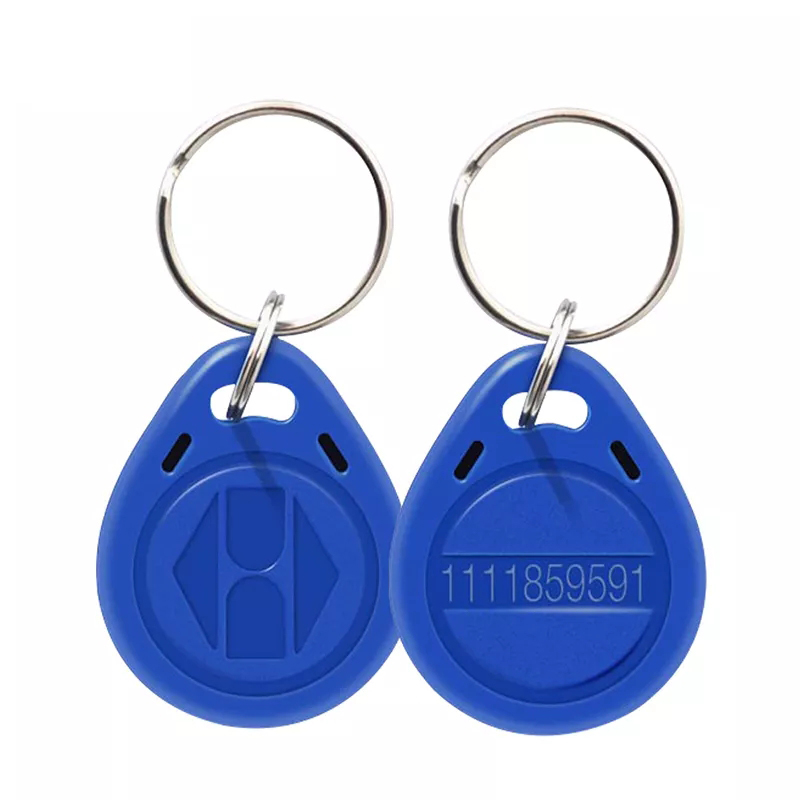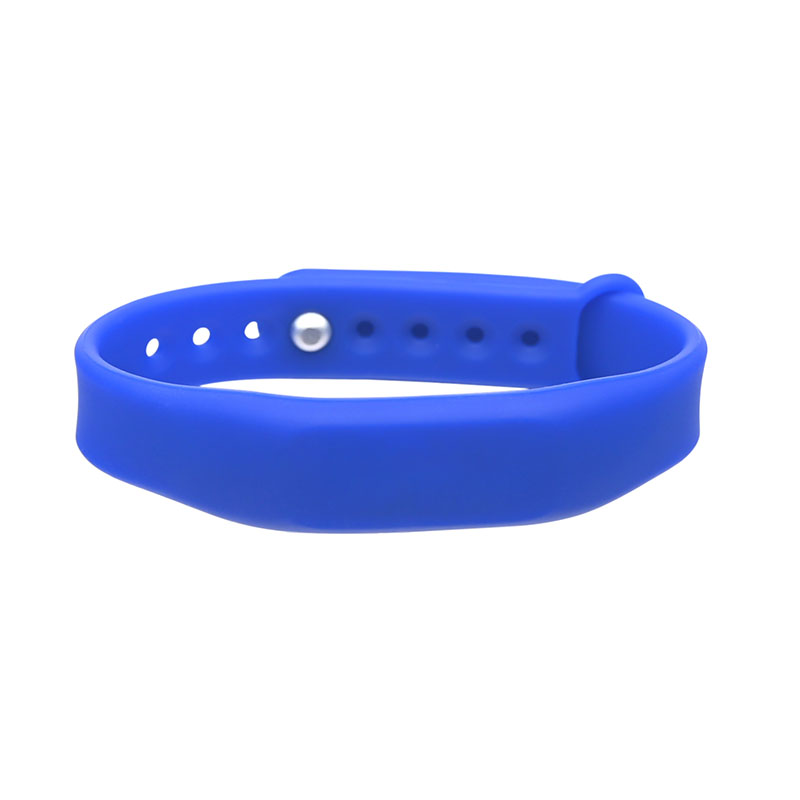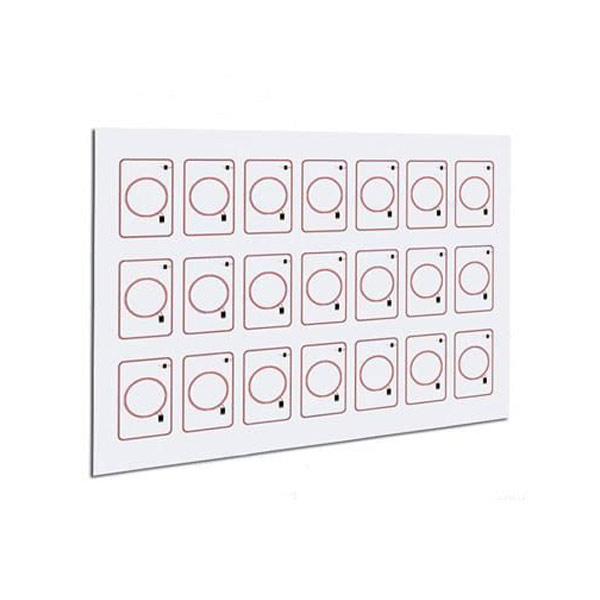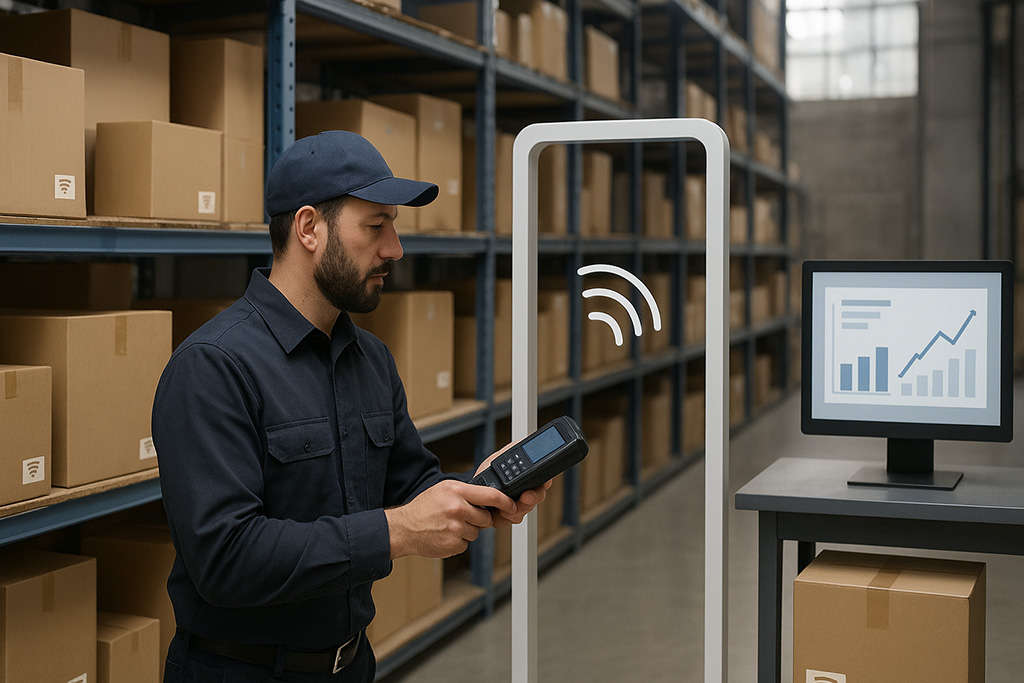
Introduction: A Real Conversation from the Warehouse Floor
A few months ago, I had coffee with the operations director of a mid-sized distribution center. He sighed and told me: “Every month, we still shut down the warehouse for two days just to do a physical inventory count. The team works overnight, we still end up with 3–5% discrepancies, and it drives our finance guys crazy.”
I asked him why they hadn’t tried RFID. His response was immediate: “Too expensive, too complicated, and probably won’t work with our metal racks.”
That reaction is something I hear often. And it reminds me how many supply chain managers still think of RFID as a “fancy anti-theft tag” from five or ten years ago, not as the mature, ROI-driven technology it has become today.
Modern Supply Chain Complexity: Why Old Tools Fall Short
Today’s supply chains are like tangled webs, not straight lines. A single SKU might source raw materials in Asia, be assembled in Eastern Europe, packaged in Mexico, and sold across e-commerce platforms worldwide. Add in returns, compliance requirements, and customer expectations for next-day delivery, and suddenly barcodes and manual audits feel like stone-age tools.
Barcodes are cheap, yes, but they demand line-of-sight scanning and human labor. With millions of products moving daily, that model breaks down quickly. RFID, especially UHF passive systems under EPC Gen2 standard, solves this by offering non-line-of-sight and batch reading. In plain words: you can push a full pallet through a dock door and instantly capture every carton’s ID—no manual scanning, no “beep-beep” one by one.
Why RFID Is Becoming Essential
From my experience, companies that finally take the plunge into RFID usually do it for three reasons:
They need real-time visibility. Knowing where assets are right now—not last week.
They want accuracy. Going from 70% inventory accuracy to 98–99% is a revenue game-changer.
They are desperate to reduce manual labor. Scanning barcodes or counting boxes by hand is not sustainable.
One of our retail clients moved from quarterly manual stock counts (with 10–15% error) to daily cycle counts with RFID. After six months, their shrinkage dropped by almost 18%. That’s not “efficiency on paper”—that’s millions in recovered margin.
RFID in Supply Chain Management: Real-World Impact
Tracking Cargo Location
In a port logistics project I worked on, RFID gates installed at container yards gave operators real-time visibility of which containers had entered, which left, and which ones were misplaced. Before, locating a missing container could take hours of phone calls. With RFID, the answer was on the screen instantly.
Preventing Inventory Shrinkage
Retailers often underestimate the hidden cost of shrinkage. One apparel brand we worked with discovered they were losing thousands of units per quarter due to theft and misrouting. With item-level RFID tagging, every piece of clothing became traceable. When a shipment “lost” 200 shirts, the system flagged the discrepancy immediately. They later told us shrinkage fell by nearly 20% within a year.
Automating Data Collection
In an automotive parts plant, we integrated RFID into their work-in-progress (WIP) tracking. Instead of supervisors manually logging progress, RFID readers at each assembly station updated ERP in real time. The result? Quality issues could be traced back to specific batches, and line stoppages dropped because missing parts were identified before bottlenecks occurred.
RFID Asset Tracking Cost: The Real Numbers
Hardware and Software Investment
Let’s be transparent: RFID is not free. Here’s what we usually tell clients to budget for:
Tags: Basic UHF passive tags cost $0.03–$0.10. But anti-metal or heat-resistant tags can go up to $3–$5 each.
Readers: Handhelds usually run $500–$1,000. Fixed readers at gates cost $1,000–$2,500, plus antennas.
Middleware: The often-overlooked piece. Connecting RFID data to ERP, WMS, or TMS is where projects succeed or fail. Middleware licensing and integration often cost more than the hardware.
ROI in the Long Term
Here’s the litmus test I share:
If your unit value is below $5 and margins are thin, RFID may not pay back quickly.
If your unit value is $20+ or errors cause high penalty costs (pharma, aerospace, automotive), ROI is almost always positive within 12–24 months.
For example, a spare parts distributor we supported invested about $250K in hardware and integration. Within 18 months, labor savings and error reduction had already covered the cost.
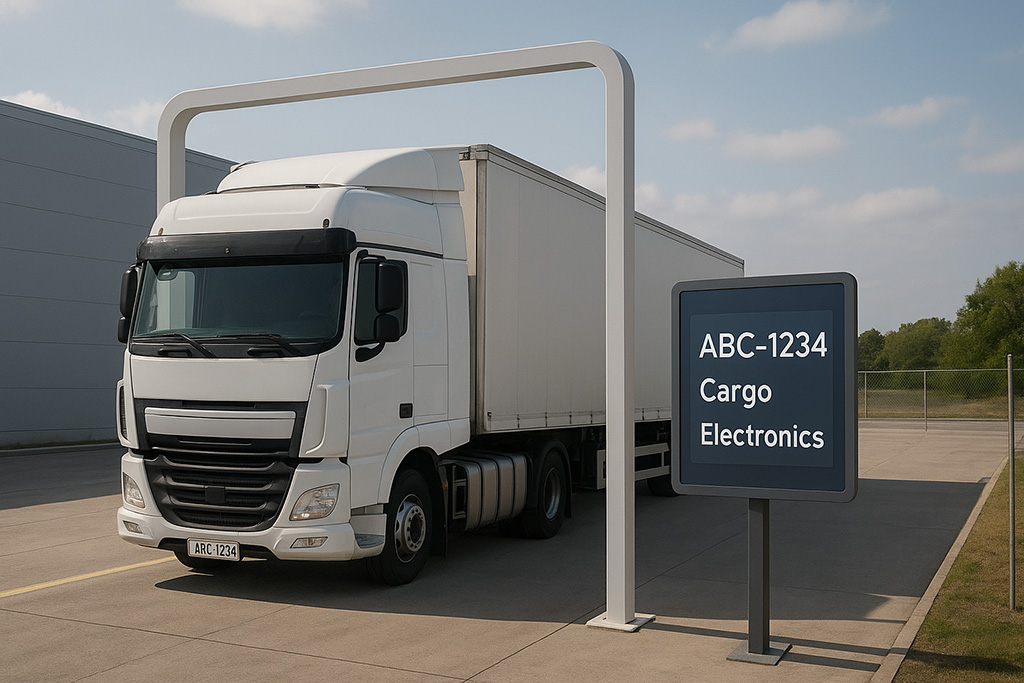
RFID Vehicle Tracking Systems: Beyond Just GPS
Fleet Monitoring in Logistics
People often ask: “Why RFID when we already use GPS?” The answer is: RFID does what GPS cannot. RFID ensures cargo and vehicle association. In one project, trucks leaving a depot often carried the wrong pallets, leading to costly returns. By tagging pallets and linking them with the truck’s RFID ID at departure, mismatches were flagged before the truck even left the gate.
Applications in Trucks and Buses
Municipal bus fleets are adopting RFID for maintenance and lifecycle management. Every bus carries a tag, and RFID checkpoints log entry into service bays, fuel depots, and depots. This creates a transparent maintenance history—critical for compliance and safety audits. In freight trucking, RFID enables faster toll payments, secure gate access, and accurate trip records.
RFID Waste Management: A Quiet Revolution
Smart Bins in Action
Waste management is an underrated but exciting RFID application. In one European city, bins were fitted with RFID readers, and households received tagged waste bags. When the garbage truck collected the bag, the system logged the household ID and weight. Suddenly, “pay-as-you-throw” billing became possible.
Recycling and Traceability
We worked on a pilot where industrial waste containers were tagged to ensure hazardous materials were properly disposed of. The RFID log created an audit trail regulators could trust. For the waste company, route optimization saved fuel costs and improved compliance reporting—a rare win-win.
Advantages You Can’t Ignore
Transparency: End-to-end visibility. No more guessing where shipments are.
Error Reduction: Automation cuts manual mistakes.
Speed: Batch reading = scanning 1,000 items in seconds.
Customer Trust: Accurate orders and fewer disputes improve client satisfaction.
The Challenges Nobody Talks About
Cost Reality
Yes, tag prices are dropping. But when you’re tagging 10 million SKUs annually, even $0.05 adds up to half a million dollars. ROI calculations must be brutally honest.
Environmental Interference
RFID in warehouses with metal racks or liquid products? Expect headaches. In one beverage logistics project, we had to re-engineer the antenna setup twice because liquid-filled bottles absorbed UHF signals. Solutions exist—like near-field tags and specialized readers—but they aren’t cheap.
Privacy and Compliance
Especially in Europe, RFID projects must include tag kill functions to protect consumer privacy. In retail, we’ve had to design systems that automatically deactivate tags at checkout. It’s not just technical—it’s about building consumer trust.
RFID Future Trends: My Predictions
RFID + IoT: We’re already seeing tags with built-in sensors for temperature and vibration. This will become the norm in cold chain and pharma.
RFID + Blockchain: Luxury brands are piloting this to fight counterfeits. Imagine scanning a handbag and instantly verifying its authenticity on a blockchain ledger.
5G + Edge Computing: As 5G becomes mainstream, RFID data won’t just be captured—it’ll be analyzed in real time at the edge. Think predictive alerts before a shipment goes missing.
My bold prediction? Within five years, RFID will no longer be a standalone technology. Its value as a data entry point for IoT ecosystems will completely overshadow its role as just an “ID tag.”
Conclusion: A Note for Those Still Hesitating
RFID is not a magic wand, and it’s certainly not free. But when applied correctly, it can fundamentally reshape supply chain operations.
From my experience, the real success of an RFID project doesn’t come from chasing the cheapest tags or the most powerful readers. It comes down to:
Seamless system integration
User-friendly software
Reliable, long-term vendor support
If you’re evaluating RFID, or if you’ve already encountered challenges in implementation—whether it’s tag selection, system integration, or ROI justification—let’s talk. We’ve seen countless projects evolve from hesitation to deployment, from doubt to measurable results. That accumulated experience can save your team from costly trial and error.
Who knows—maybe the next success story of inventory accuracy jumping from 87% to 99.5% will happen in your organization.


